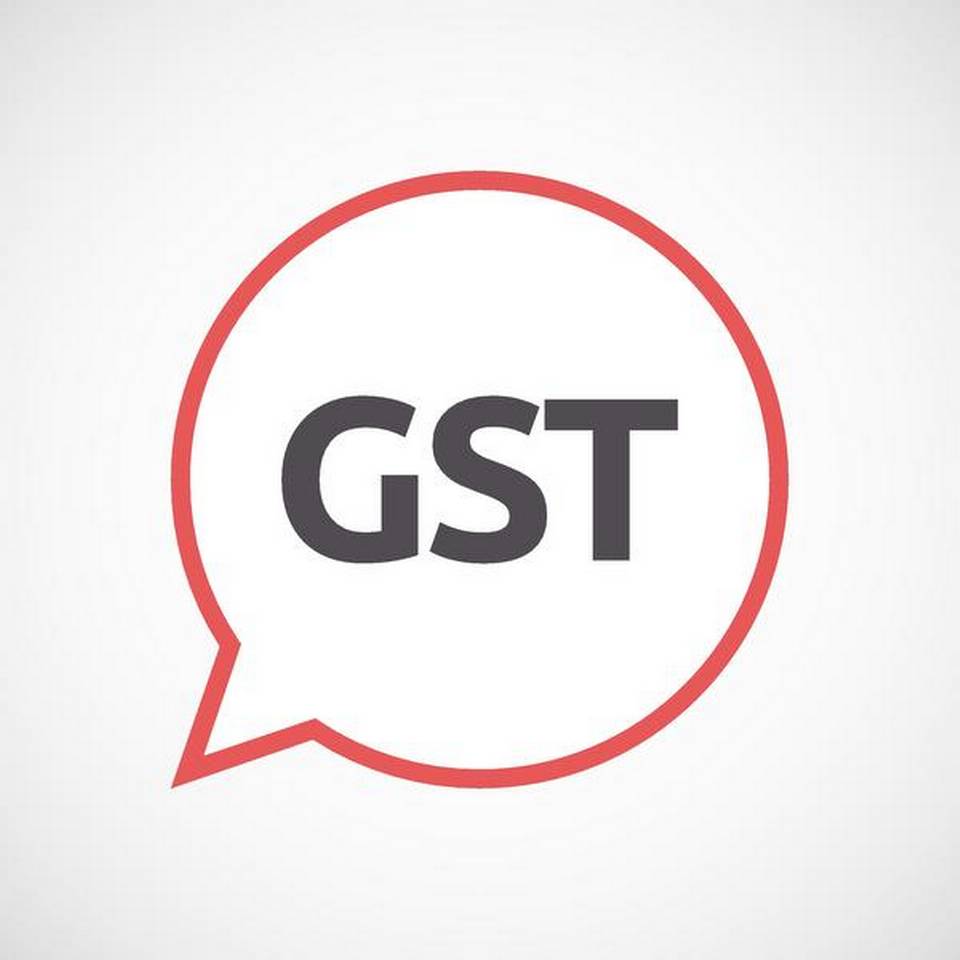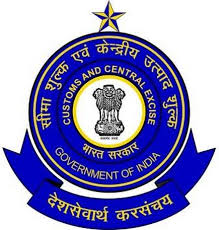- Monthly returns of biz transactions in GSTR 3B form will get automatically generated
- Filing of monthly sales returns in GSTR 1 form will be mandatory by 13th day of every month
NEW DELHI : Pre-filled tax forms and greater transparency requirements are coming to businesses in 2021, with the Goods and Services Tax (GST) Council clearing key changes to the return filing process on Monday.
Monthly GST returns of businesses giving summary of all transactions in the GSTR 3B form will be automatically populated from the details given in the sales returns of the company, as well as its suppliers filed earlier in the month in form GSTR 1. This will take effect on 1 January 2021. For small businesses, which file returns on a quarterly basis, it will take effect on 1 April.
To enable this shift, filing of monthly sales returns in GSTR 1 form will be mandatory by the 13th day of every month. GST laws will be amended to make the new return filing process a default system, an official statement said.
“While auto-population of GSTR 3B will help businesses to avoid clerical errors, it will assure the government that discrepancies in figures are minimized,” said Abhishek Jain, tax partner, EY.
In another measure to ensure greater transparency and accuracy on the description of items sold, businesses with sales of over ₹5 crore will have to identify the goods sold in invoices and in sales returns by a globally accepted six-digit code under the harmonized system of nomenclature (HSN) used in cross-border trade.
In the case of services, too, a services accounting code issued by the Centre has to be used. The government can notify eight-digit codes on select items, it said. Beginning 1 January, GST refunds will be transferred only to bank accounts which are validated by PAN and Aadhaar. To make a refund application, businesses can use a one-time password generated using Aadhaar. This is expected to bring in more transparency into who is claiming a tax refund.
The step was necessitated after investigations revealed that many firms vanish after getting a refund. The other key measure to boost transparency, which came into force on 1 October, is e-invoicing of business-to-business transactions for all companies with over ₹500 crore in sales. The gradual unleashing of the power of technology to check tax evasion comes at a time when the central and state governments are facing a drastic fall in tax revenue, but are unable to raise tax rates. The authorities had to go slow in stepping up tech-driven compliance boosting steps given the backlash from small businesses and traders in the early phase of GST rollout.
The latest steps in leveraging technology to improve GST compliance coincide with similar steps on personal income tax such as capturing more transactions in form 26 AS—a tax credit statement, the move towards pre-filled income tax returns and widening the coverage of taxes collected and deducted at source.
From 1 October, businesses with ₹10 crore in sales have to collect income tax at 0.1% (0.075% up to 31 March 2021) if the sale consideration received is above ₹50 lakh in a financial year—a step aimed at tracking transactions in the economy.
Source: livemint.com
***
[rainbow]Don’t miss the next GST Update / Article / Judicial pronouncement[/rainbow]
Subscribe to our newsletter from FREE to stay updated on GST Law
Resolve your GST queries from national level experts on GST free of cost.
TW Editorial Team comprises of team of experienced Chartered Accountants and Advocates devoted to spread the knowledge of GST amongst the various stakeholders.




